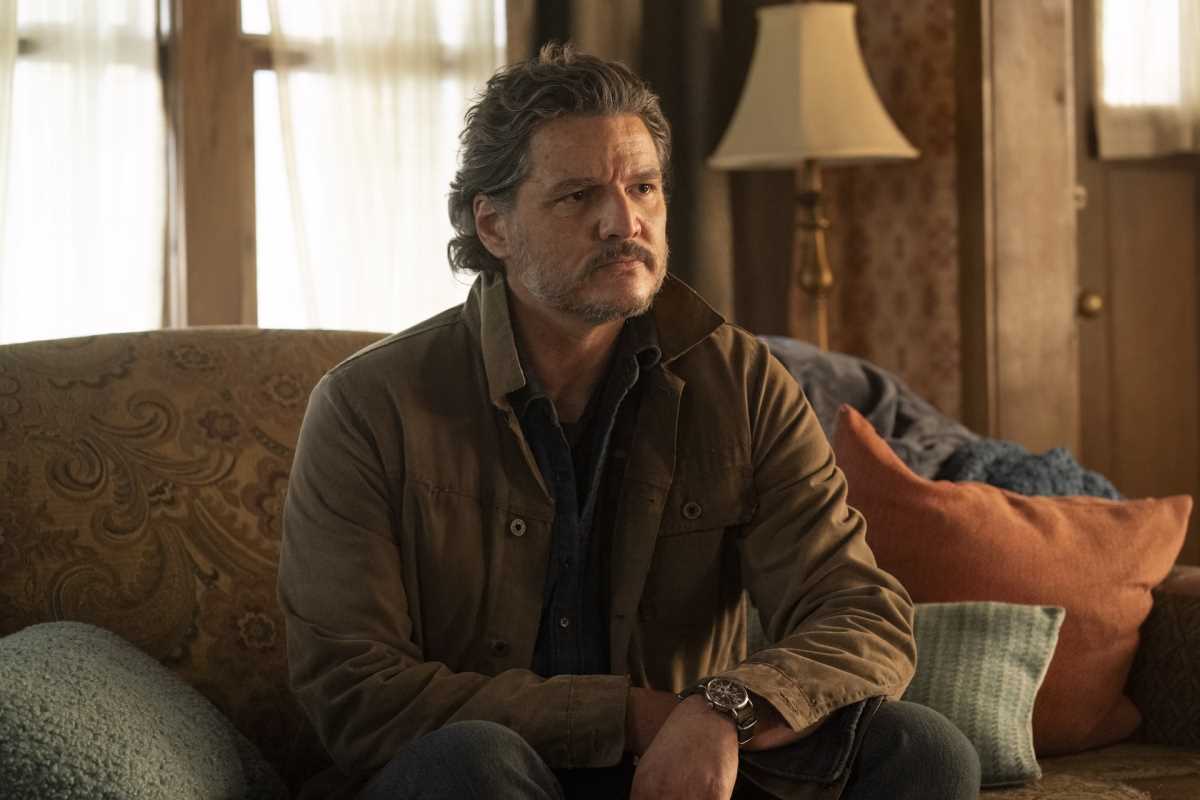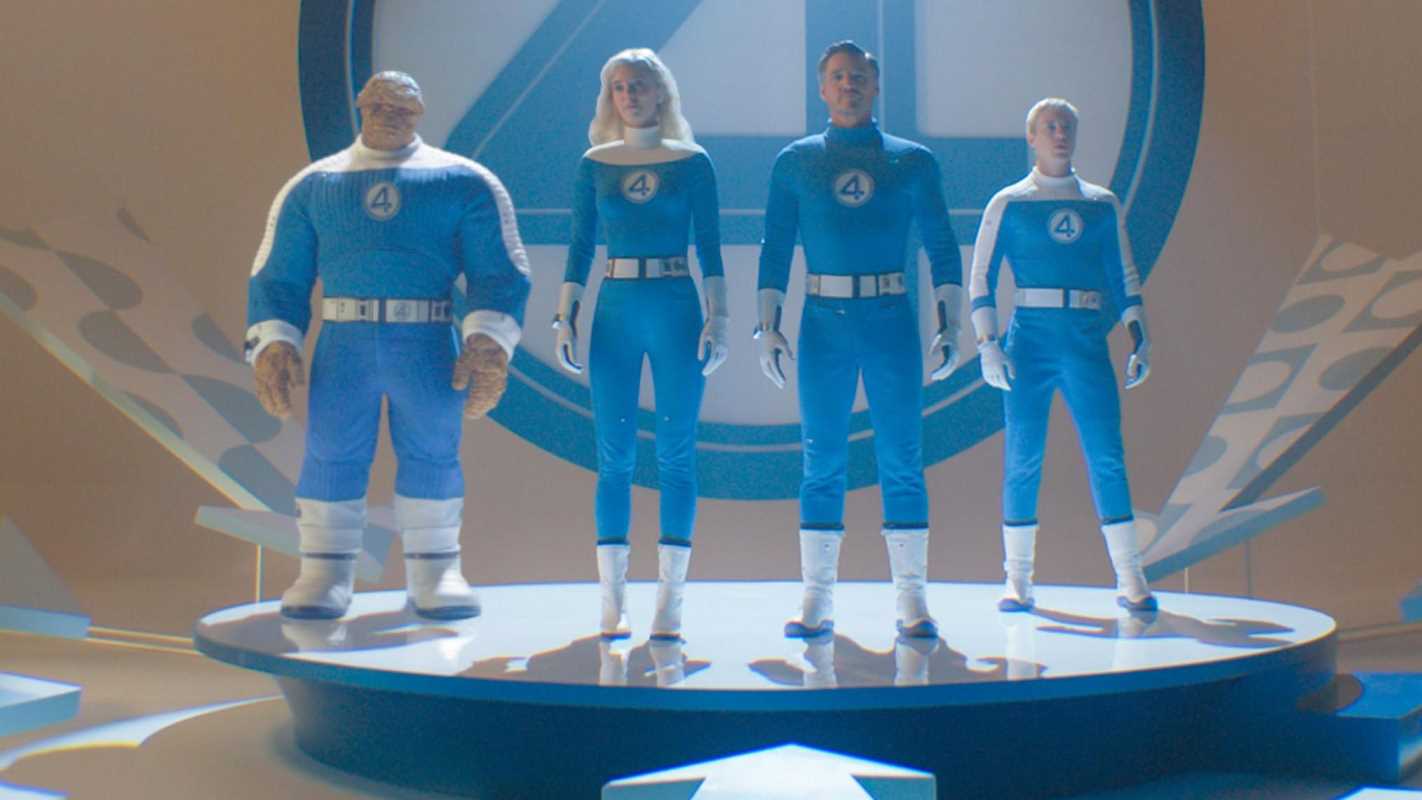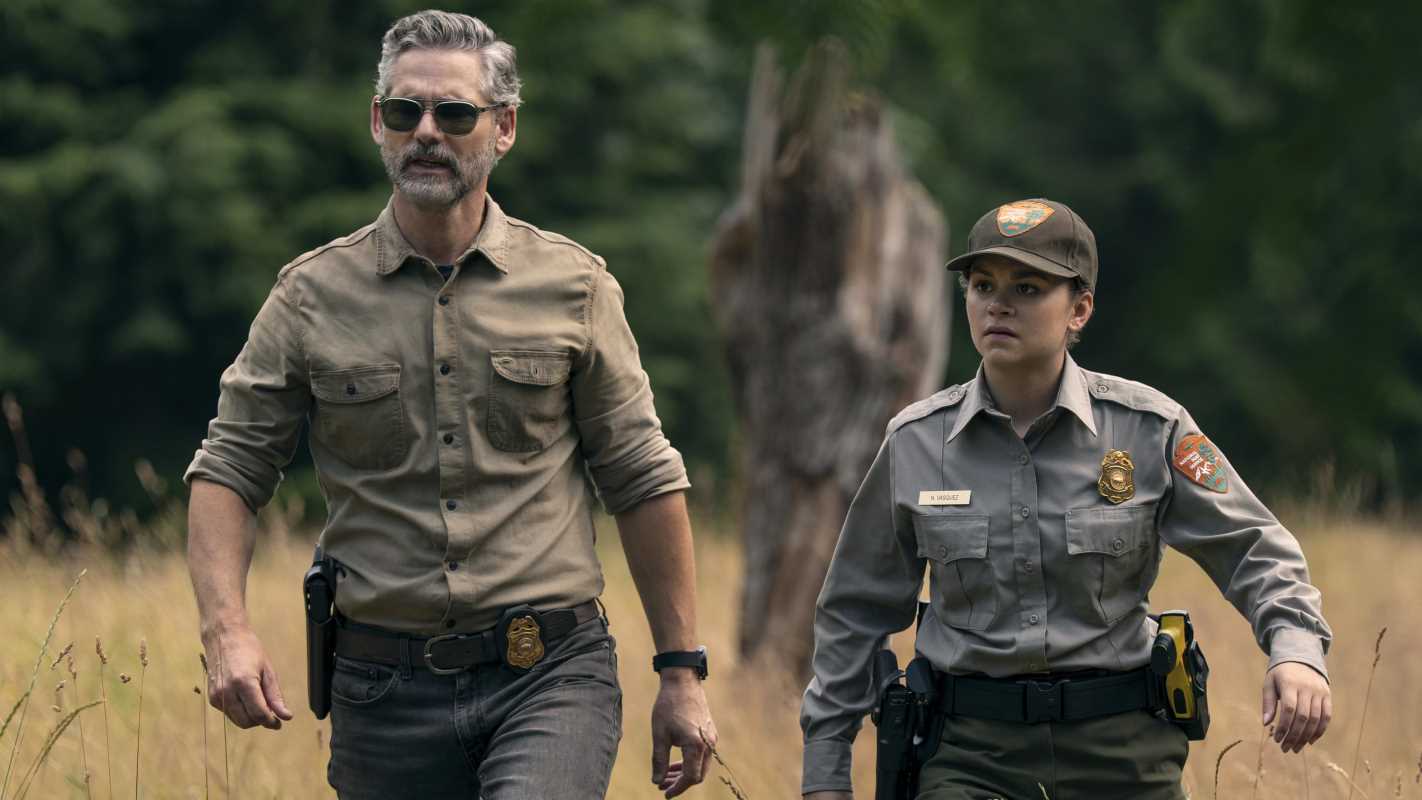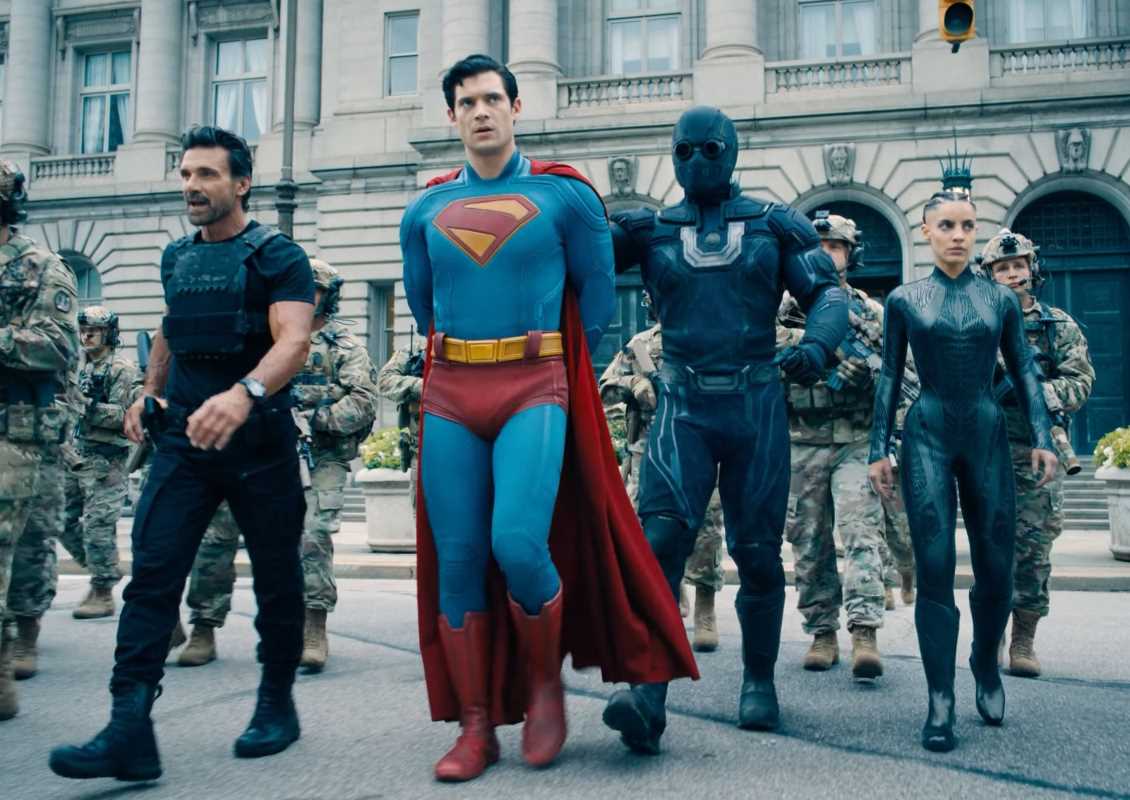Alex Garland's "Civil War" arrives as a provocative examination of contemporary American political tensions, presenting a near-future scenario where ideological divisions have escalated into armed conflict across the United States. The film demonstrates technical excellence in cinematography, sound design, and performance direction while simultaneously struggling to provide meaningful insight into the complex social dynamics it attempts to portray. This creates a viewing experience that satisfies on aesthetic levels but leaves audiences questioning its deeper purpose and relevance.
Technical Achievement and Visual Excellence
The film's cinematography by Rob Hardy achieves remarkable success in capturing both intimate character moments and large-scale conflict sequences. The visual approach emphasizes documentary-style realism that enhances the film's credibility while maintaining artistic sophistication throughout extended action sequences. Hardy's camera work creates immersive environments that place viewers directly within the chaos of civil unrest without overwhelming them with unnecessary spectacle.
The production design effectively transforms familiar American landscapes into war zones, creating believable environments that demonstrate how quickly civilized society can devolve into armed conflict. The attention to detail in depicting abandoned urban areas, makeshift military installations, and refugee camps provides authentic atmosphere that supports the film's speculative premise without relying on excessive visual effects or artificial enhancement.
Sound design deserves particular recognition for creating audio landscapes that enhance both tension and emotional resonance throughout the narrative progression. The mixing of gunfire, explosions, and ambient noise creates realistic combat environments while maintaining dialogue clarity during crucial character interactions. The careful balance between silence and cacophony emphasizes the psychological impact of prolonged exposure to violence and uncertainty.
Performance Quality and Character Development
Kirsten Dunst delivers a compelling performance as Lee Smith, a war photographer whose professional detachment gradually erodes as she witnesses increasing brutality throughout her journey across the conflict zone. Dunst effectively portrays the psychological toll of documenting human suffering while maintaining the professional composure necessary for survival in dangerous environments. Her portrayal demonstrates the complex relationship between observers and participants in violent conflicts.
Wagner Moura provides solid support as Joel, a journalist whose optimism and idealism create effective contrast to Lee's cynical pragmatism. The dynamic between these characters develops organically throughout their shared experiences, creating authentic relationship progression that grounds the larger political themes in personal human connections.
Cailee Spaeny contributes noteworthy work as Jessie, a young photographer learning to navigate both professional journalism and personal survival within extreme circumstances. Her character arc demonstrates how exposure to violence affects different individuals in various ways, while her relationship with Lee provides intergenerational perspective on media ethics and professional responsibility.
Jesse Plemons appears in a memorable supporting role that showcases his ability to create menacing atmosphere through understated performance choices. His brief screen time creates lasting impact that demonstrates how talented actors can elevate limited material through skilled interpretation and commitment to character authenticity.
Narrative Structure and Thematic Exploration
Garland's screenplay attempts to examine contemporary American political divisions through the lens of speculative fiction, exploring how ideological disagreements might escalate into violent confrontation. The road trip structure provides framework for encountering different perspectives and conflict zones while maintaining forward momentum through episodic encounters with various factions and individuals affected by the ongoing warfare.
Unfortunately, the film's thematic exploration remains frustratingly surface-level, avoiding specific political commentary that might provide meaningful insight into the causes and consequences of societal breakdown. This approach creates universal applicability while simultaneously reducing the narrative's relevance to contemporary political concerns. The deliberate ambiguity regarding factional motivations limits audience engagement with the underlying issues that presumably led to the depicted conflict.
The examination of media ethics and journalistic responsibility provides more successful thematic development, particularly through Lee's internal struggle between professional duty and personal safety. The film raises relevant questions about the role of documentation in conflict zones and the psychological cost of bearing witness to human suffering for public consumption.
Direction and Pacing Considerations
Garland's directorial approach maintains consistent visual style and atmospheric tension throughout the film's progression, demonstrating technical competence in managing both intimate character moments and large-scale action sequences. The pacing generally maintains appropriate momentum while allowing adequate time for character development and thematic exploration.
Certain sequences feel extended beyond their narrative necessity, particularly during the middle section where episodic encounters begin to feel repetitive rather than building toward meaningful climax. The film's structure occasionally prioritizes atmospheric development over plot progression, creating viewing experiences that may frustrate audiences seeking more traditional narrative satisfaction.
The climactic sequence at the White House provides visually striking imagery while feeling somewhat disconnected from the personal journey that preceded it. This tonal shift creates inconsistency that undermines the film's emotional impact during its most crucial moments.
Contemporary Relevance and Political Commentary
"Civil War" arrives during a period of heightened political polarization in American society, making its premise feel uncomfortably plausible despite its speculative nature. The film's depiction of how quickly democratic institutions can collapse under pressure provides sobering commentary on the fragility of peaceful coexistence within diverse societies.
The deliberate avoidance of specific political positions limits the film's ability to provide meaningful insight into contemporary divisions. While this approach prevents alienating audiences with different political perspectives, it also reduces the work's potential impact as social commentary or warning about current trends in American political discourse.
The portrayal of media coverage during crisis situations offers more successful contemporary relevance, particularly regarding the ethics of conflict journalism and the psychological impact of documenting human suffering. These themes resonate with ongoing discussions about media responsibility and the personal cost of professional objectivity.
Areas Requiring Improvement
Despite its technical achievements, "Civil War" suffers from significant limitations that prevent it from achieving its apparent ambitions. The most notable weakness involves the film's reluctance to engage seriously with the political content it purports to examine. The generic nature of the conflict reduces its relevance to contemporary concerns while failing to provide universal insights about human nature or social dynamics.
The character development, while competent, lacks the emotional depth necessary to create lasting impact. The relationships between the main characters feel professionally constructed rather than genuinely moving, limiting audience investment in their fates and reducing the emotional stakes of their dangerous journey.
The episodic structure creates pacing inconsistencies that affect overall narrative cohesion. Certain encounters feel like separate short films rather than integrated elements of a larger story, reducing the cumulative impact that might have resulted from more carefully structured progression.
Audience Appeal and Recommendations
"Civil War" will likely appeal most strongly to viewers interested in technically proficient filmmaking and atmospheric storytelling rather than those seeking profound political commentary or emotional engagement. The film succeeds as a demonstration of contemporary production capabilities while providing adequate entertainment value for audiences with appropriate expectations.
Viewers expecting explicit political analysis or clear ideological positions may find the experience frustrating due to the film's deliberate ambiguity. Similarly, those seeking traditional narrative satisfaction might be disappointed by the film's emphasis on atmosphere over plot development.
The film functions most effectively as a technical showcase that demonstrates how speculative scenarios can be rendered believable through skilled craftsmanship. For audiences interested in cinematography, sound design, and production value, "Civil War" provides satisfactory viewing experience that showcases contemporary filmmaking capabilities.
Final Assessment
"Civil War" represents competent filmmaking that achieves its technical objectives while failing to justify its provocative premise through meaningful thematic development. The film demonstrates that high production values and skilled performances cannot compensate for fundamental weaknesses in narrative purpose and thematic clarity.
While the technical achievements merit recognition, the overall experience feels like missed opportunity to engage seriously with important contemporary issues. The film succeeds as atmospheric entertainment while disappointing as political commentary or social analysis.
For viewers seeking well-crafted speculative drama with impressive production values, "Civil War" provides adequate satisfaction. Those hoping for insightful examination of American political divisions or profound commentary on social breakdown will likely find the experience unsatisfying despite its technical excellence.
Rating: 6/10
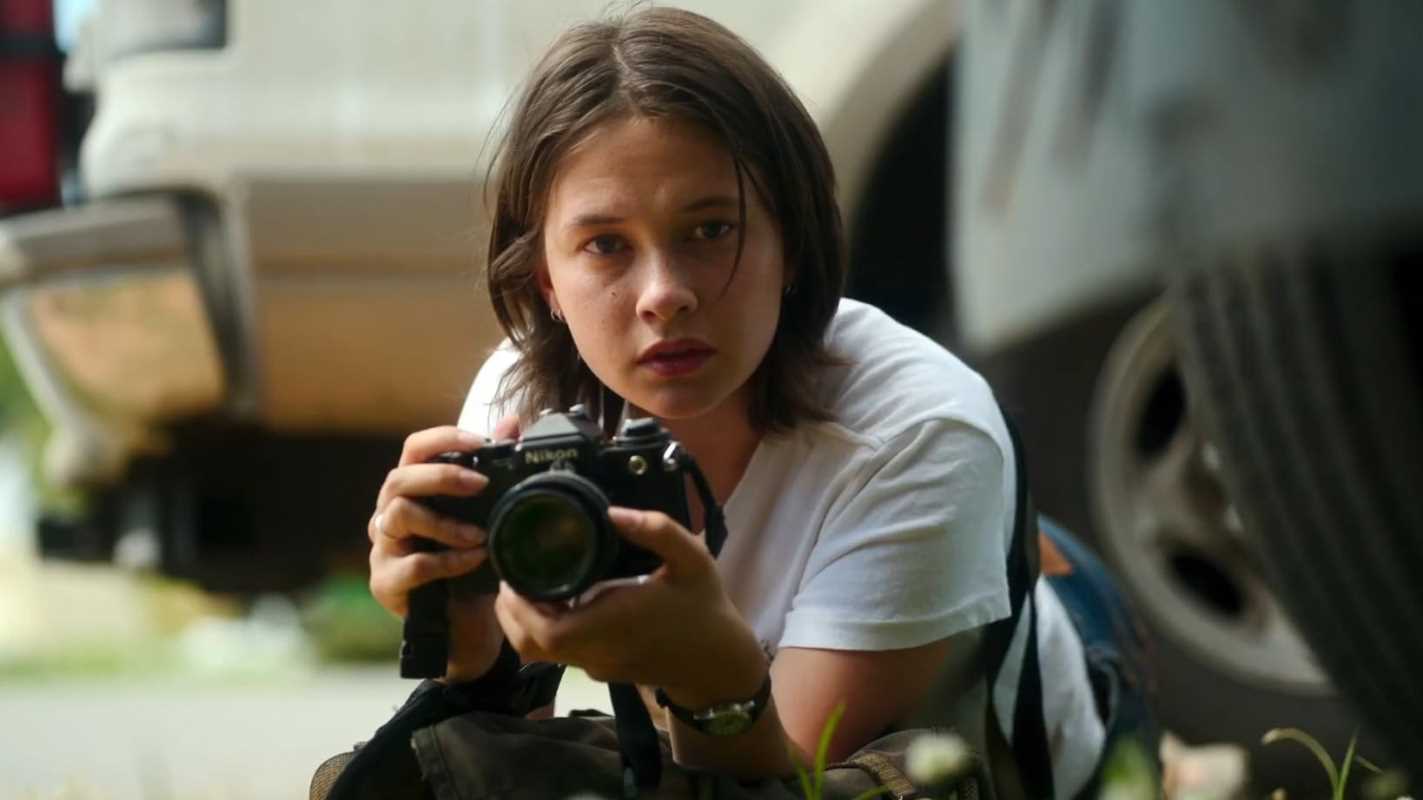 (Image via
(Image via

.jpg)
